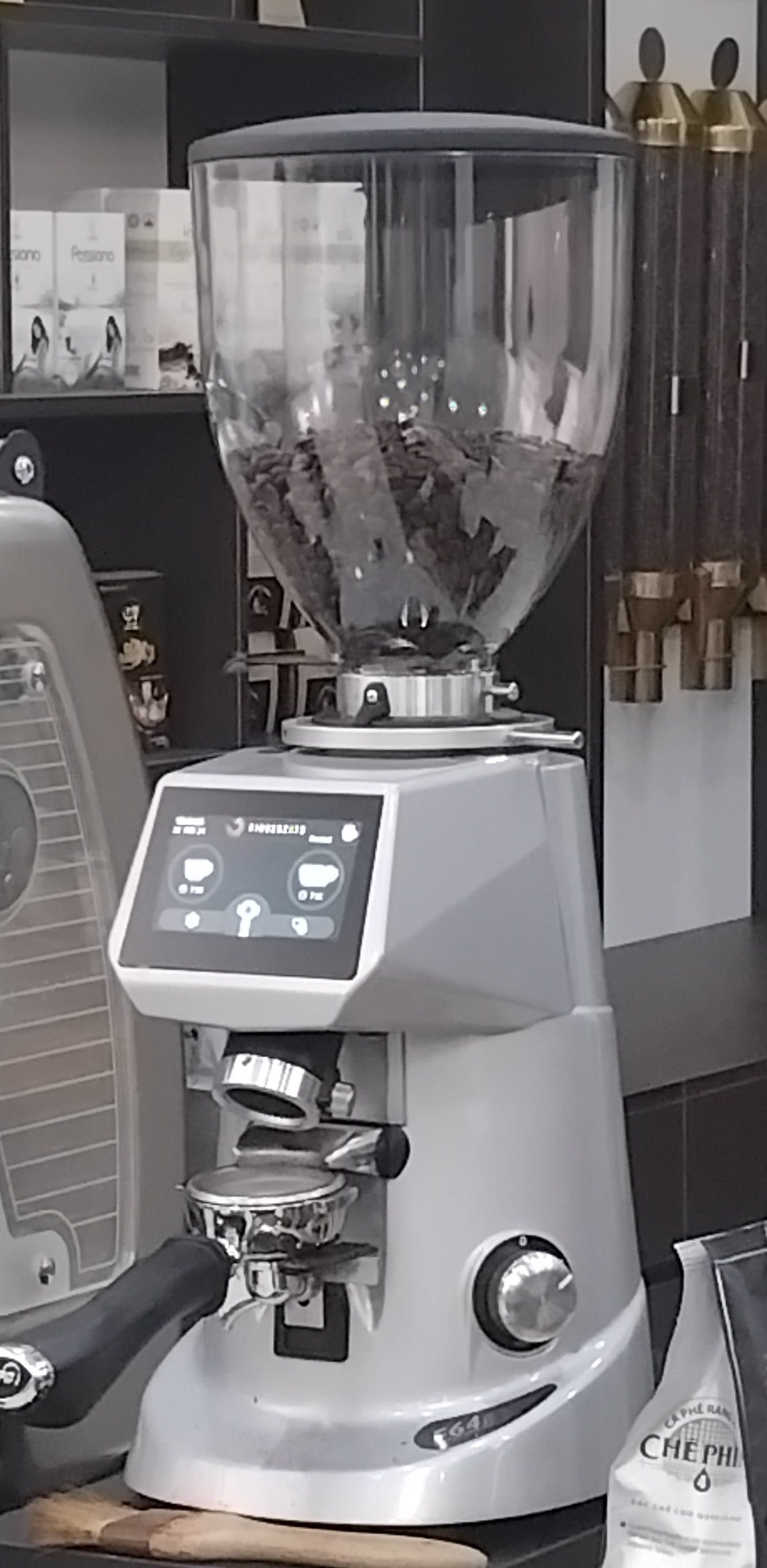
Vietnamese really love their coffee. …just walk around some of the streets, there are coffee shops everywhere. In a typical neighborhood, there may already be five or six shops and someone gets the idea, (…this neighborhood needs another coffee shop), and the business actually does well. Why do these businesses continue to thrive with such a massive oversupply? I want to try to understand a bit more about this culture and get into some detail about the types of coffees that are so popular.
It started with the French Colonial period
In the 19th century, French colonists introduced coffee to Vietnam, bringing not only coffee beans but also new brewing methods. Initially, the French brewed coffee with sweetened condensed milk and a blend of spices, creating a strong flavor. Sweetened condensed milk was preferred because of the difficulty obtaining fresh milk. As Vietnamese coffee culture evolved, locals developed their own unique brewing techniques.
Vietnamese make it their own
Vietnamese coffee's unique and popular flavor originates in the 19th century when French colonists introduced new brewing methods and equipment. The distinctive taste comes from dark-roasted Robusta beans prepared with a special blend of spices, which include cardamom, anise, nutmeg, and star anise. A few of these spices you might recognize as being key spices in phở broth. This coffee recipe is much closer to the Turkish coffee recipe which adds ground cardamom seeds to their recipe. These additional ingredients give the coffee the distinctive brownish hue you will not find in the very blackish brown American coffee. Unfortunately, my friend found out when sending some beans home to his mother, these additional ingredients, which coat the whole bean, will often gum up a grinder, so it is recommended to buy the already ground coffee when you take it home.
There are two types of brewing methods practiced in Vietnam, phin or pha máy. Pha máy is coffee made with an espresso machine, while phin coffee is made in the traditional way. The Vietnamese created a drip technique using clay pots called phin. This method involves slow-dripping hot water through coffee grounds in the filter, creating a strong, full-bodied cup of coffee. The phin remains a crucial element in Vietnamese coffee culture, commonly found in homes and cafes across Vietnam. Many claim that the process of allowing coffee to slowly percolate through the phin filter gives Vietnamese coffee a much better taste.
Vietnamese often like to make their coffee really strong, likely because there is so much ice in the coffee that it remains hearty until the end. In addition to the very strong condensed coffee, they also use sweetened condensed milk. This is created by heating and evaporating regular cow's milk and adding sugar until you get this thick yellowish liquid which is almost a paste. Adding this condensed milk mellows out the coffee's intensity while giving it a unique sweetness and thick creamy texture. This is called cà phê sữa đá.
Different types of coffee
In addition to the traditional drink of cà phê sữa đá, there are many other drinks.
Bạc xỉu originated in Saigon is like cà phê sữa, but only contains a couple tablespoons on condensed milk and is topped with fresh milk.
Cà phê muối is a salted coffee originated in Hue which is similar to cà phê sữa with an added foam made of blended cream with salt and sugar on top.
Cà phê trứng which is egg coffee originated in Hanoi with a base of the black Vietnamese coffee topped with a meringue mixture, which uses yolks instead of egg whites blended with sugar to make a foam which rests on top of the black coffee.
Cà phê sữa dừa is coconut coffee which is similar to bạc xỉu however the coffee is topped with coconut milk.
Nearly all of these drinks come in hot (nóng) or iced (đá) options.
Warning
I will warn you, don’t try to make these coffees at home unless you can get a hold of ground Vietnamese coffee. It just won’t work. You need a phin and a bag of that precious brownish powder if you want to make the drink properly. …everything else, you can pick up at your local grocery store and recipes are available online.






So, now I want to go just to try all the different coffee options...
I really like this glimpse into the VN coffee culture—I’m interested in reposting it on my “Stories of Vietnam” this summer if you’re open to it. ☕️